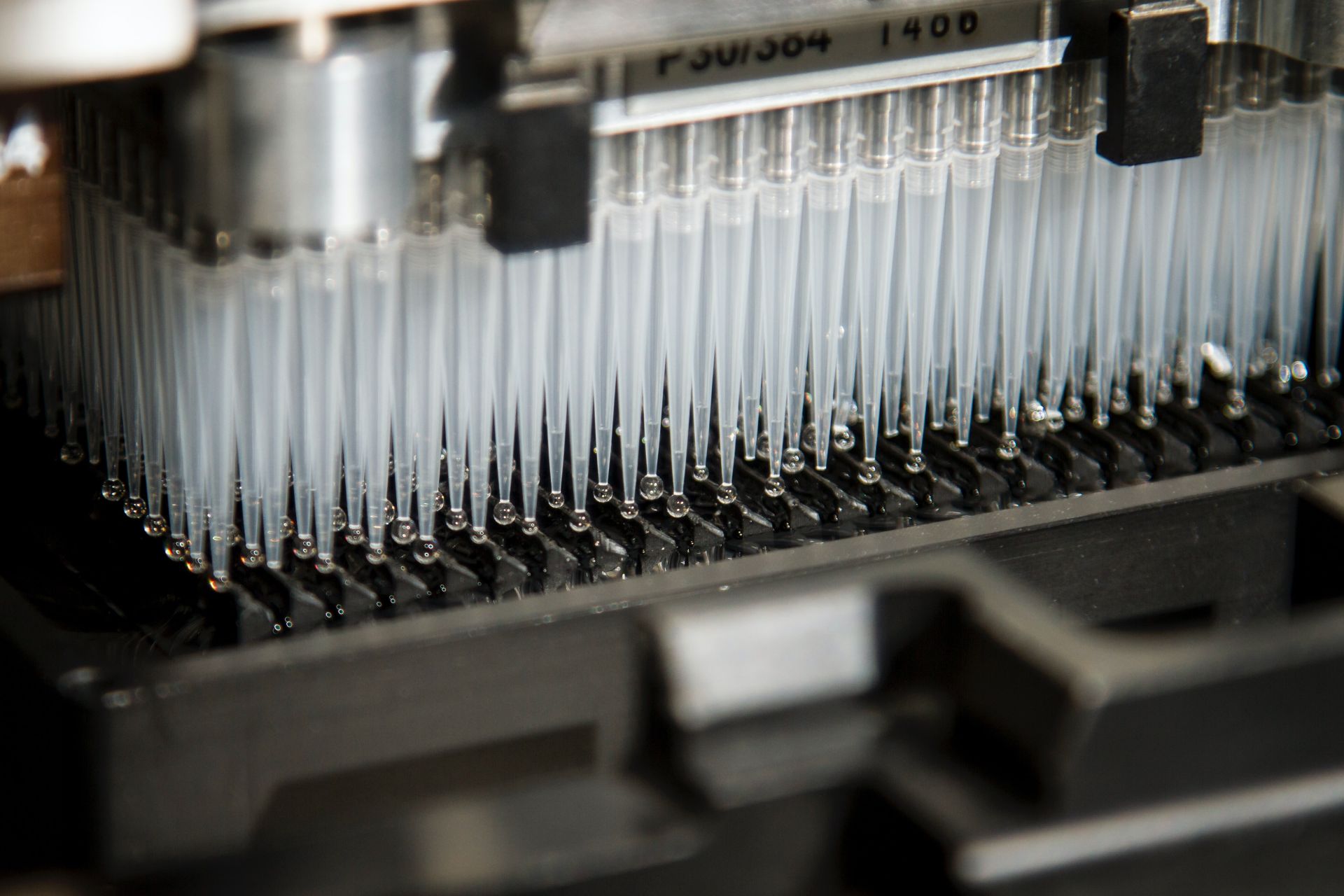Comparing Sermorelin and Growth Hormone
Sermorelin, a member of the peptide group known as the Growth Hormone-Releasing Hormone Analogues, might contribute to improving wound healing, hunger hormone signaling, bone density, cell age mitigation, and maintaining endogenous growth hormone production in periods of natural decline. It is considered an interesting peptide for researchers, especially working in domains related to hGH and anti-aging of cells, and has been suggested for potential as a testing reagent in animals. The reasons why this is considered an interesting peptide are mentioned below.
Growth hormone (hGH) supplementation has been researched in cases of growth hormone deficiency. Although there have been speculative advances in the production methods of hGH, several risks are still speculated to be associated with its exposure in research models. Unintended ancillary impacts associated with hGH might include joint pains, an increased risk of diabetes, swelling in joints, and increased risks of some types of cancer. The reason behind the speculated effects associated with the supplementation of hGH is because it may disrupt the normal physiological feedback mechanisms. Two things might happen due to the interruption of the normal controls on the secretion of hGH. First, there might be a much more abrupt rise and fall in the hGH levels, affecting the response of organs and tissues to the peptides and potentially elevating the risks associated with hGH high levels. This phenomenon is speculated to be known as square-wave physiology.
The second speculated reason associated with unintended and potentially detrimental ancillary action is the suppression of feedback mechanisms due to high hGH levels, which might destroy the normal 24 hours pattern of hGH secretion. Sermorelin peptide exposure has been suggested to mitigate both the problems associated with supplemented hGH. Sermorelin acetate appears to be subjected to normal physiologic feedback mechanisms, and thereby, the normal patterns of hGH secretion may be maintained. Sermorelin peptide might maintain the normal pattern and, at the same time, boost the hGH set point.
Another reason for preferring Sermorelin acetate over hGH is that with time, the hGH-deficient organism often acquires resistance to hGH, and hence the effect of the peptide is may be reduced or lost. This phenomenon might result from the decrease in the number of receptors for a given ligand and is known as tachyphylaxis. Too much hGH over a prolonged period of time results in a decrease in the number of hGH receptors, which finishes the effect of hGH. The only way to overcome this effect is considered to be the halting of supplementation to allow the recovery of the receptors. Research studies might suggest that Sermorelin peptide may potentially not be subjected to tachyphylaxis; its exposure might increase GHRH-Rs.
Sermorelin Acetate and Body Composition
Sermorelin acetate might favor lean body mass over fat mass, which exemplifies an apparent aspect of peptides in encouraging bone growth and muscle growth over the deposition of fat. Hypogonadism might be particularly problematic in animals who experience speculated increased effects of lack of sex hormones. Sermorelin peptide acetate is also speculated to be explored for reversing muscle atrophy other than testosterone, which is considered a strong standard of mitigating hypogonadism.
Sermorelin Acetate and Wound Healing
Sermorelin peptide has been suggested to have positive effects on wound healing rates. Sermorelin peptide might help in reducing scar formation. Scars leading to wound healing may potentially cause tissue- and organ-level dysfunction. Scarring (fibrosis) of the heart is troublesome as the scars in cardiac tissue might interfere with the heart’s ability to conduct electrical impulses and contract efficiently and correctly. Some research studies in animal models have suggested Sermorelin’s potential to protect heart cells from death, improve blood vessel growth, increase the production of extracellular matrix components, and reduce inflammatory cytokine levels. All of these factors might reduce the size of scars following cardiac injury, which thereby might improve cardiac functioning.
Disclaimer: The products mentioned are not intended for human or animal consumption. Research chemicals are intended solely for laboratory experimentation and/or in-vitro testing. Bodily introduction of any sort is strictly prohibited by law. All purchases are limited to licensed researchers and/or qualified professionals. All information shared in this article is for educational purposes only.






